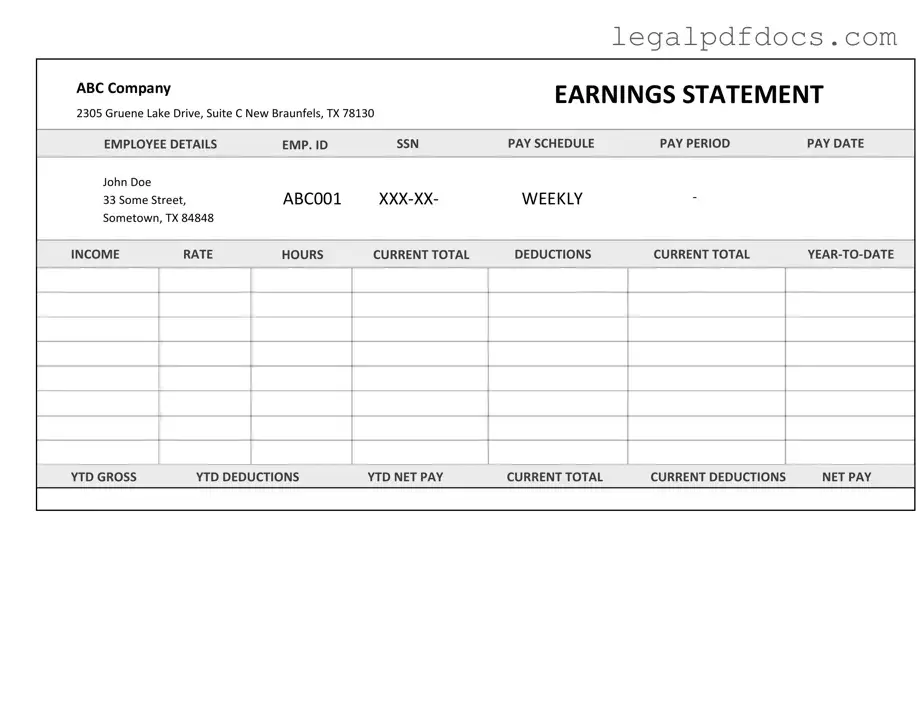Fill Out a Valid Independent Contractor Pay Stub Template
The Independent Contractor Pay Stub form is a document that outlines the earnings and deductions for independent contractors. This form serves as a record of payment and helps contractors keep track of their income for tax purposes. To ensure accurate reporting and compliance, it is important to fill out this form correctly; click the button below to get started.
Open Independent Contractor Pay Stub Editor Here
